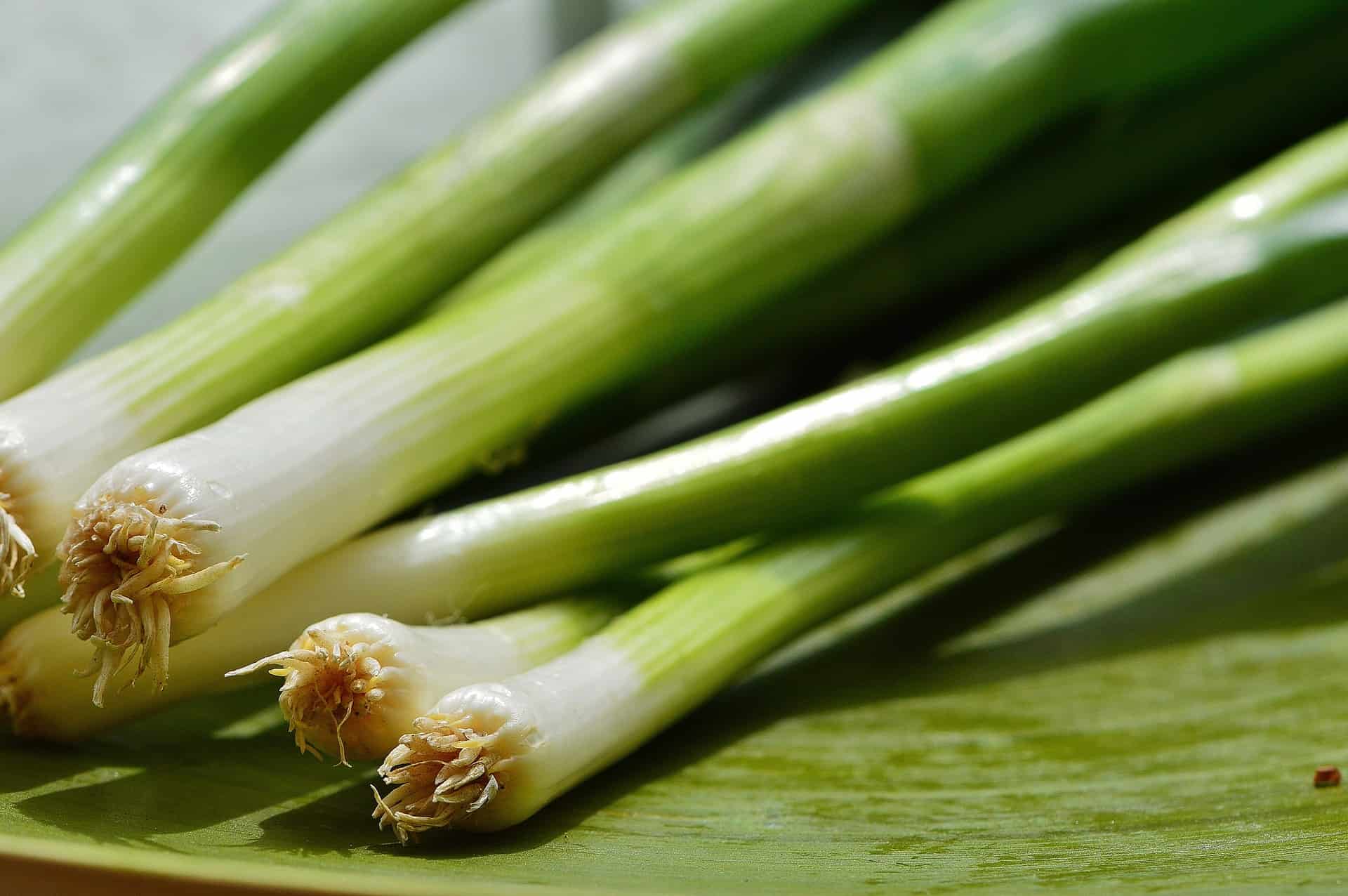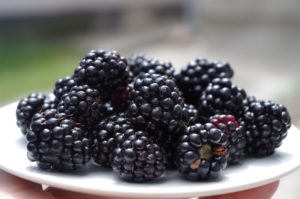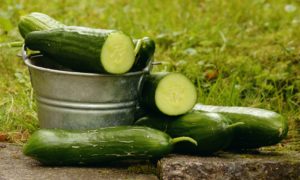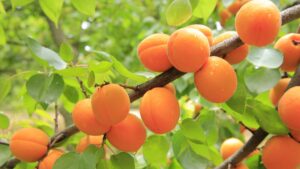Leeks are a member of the onion family of plants with a more subdued flavor. Leeks also make a nice ornamental addition to a garden, along walkways and paths. Leeks are an excellent source of vitamin A and vitamin C, and a good source of iron.
Buy Leek Seeds Online
| Image | Name | Rating | Shop |
|---|---|---|---|
 | Organic Leek Seeds (APPR. 125) Alto Leek | ||
 | Leek Large American Flag Great BULK 7,000 Seeds |
Leek Varieties
Leeks grow in almost any climate, although leeks do prefer cool weather. There are a number of different leek varieties, and the main difference between them is their varying ability to handle freezing conditions. As a biennial, leeks need two years to mature and produce seed. If you want to save your own seed, purchase a variety that can overwinter in your zone.
Starting Leeks Indoors
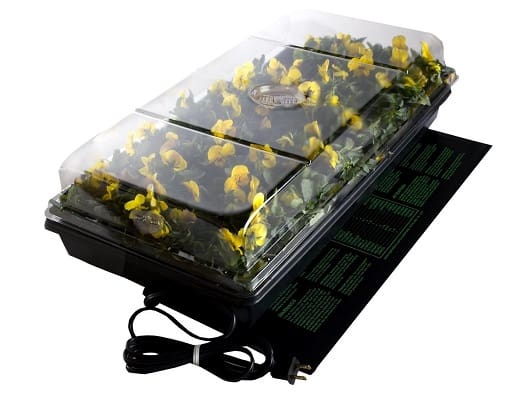
Leeks can be planted twice a year if you purchase a variety that can overwinter in your area. Leeks can be planted in the spring or the fall. If you are planting leeks in the spring, you can start them indoors in seed trays (Buy Online) or sow them directly in the garden. If you start them indoors, then germinate them six weeks before the last frost in your area.
Transplanting Leeks
Leeks can be transplanted into the garden once they have reached a height of about 6 inches (15 cm). Leek started from seed, however, can be sown directly in the garden once the soil temperature is above 50 degrees Fahrenheit (10 C). The second crop of leeks can be sown in late summer or early fall for a harvest the following spring. At this time, directly sowing the seeds in the garden tends to be the best option, because the soil is warm enough for successful germination.
Planting Leeks
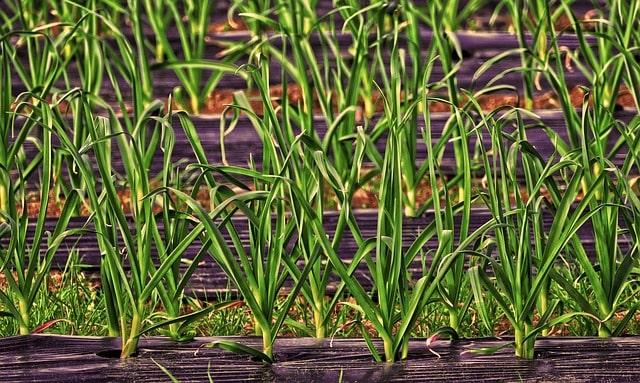
Leeks Soil Preparation
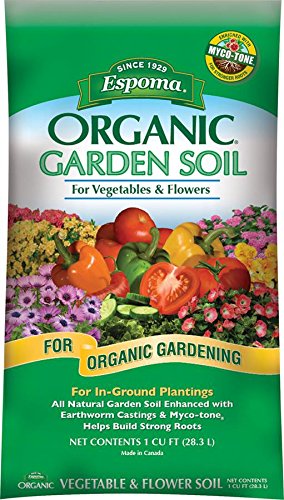
Pick a location for leeks in the garden that gets full sun. Leeks also need soil (Buy Online) that drains well, yet retains moisture, as leeks are a very thirsty crop. If your soil is not very fertile or has poor structure, you can mix compost into the first 6 inches (15 cm) of soil.
Leek Fertilizer Requirements
Leeks need a high level of nitrogen to grow; and if your soil is deficient in nitrogen, then add a fertilizer with a high nitrogen content at this time. Once the soil is ready, you can plant your leeks.
Spacing Leeks
If you are transplanting them, then plant 6 inches (15 cm) apart at a depth of 4 inches (10 cm). When sowing seeds directly into the garden, plant the seeds 0.5 inches (1.3 cm) deep and 3 inches (7.5 cm) apart. Once the seeds you sowed germinate, you should thin them down to a 6 inch (15 cm) spacing. After planting your seeds and or seedlings, soak the soil deeply, then water them every day for the next 5 days.
Do Leeks Need a Lot of Water?
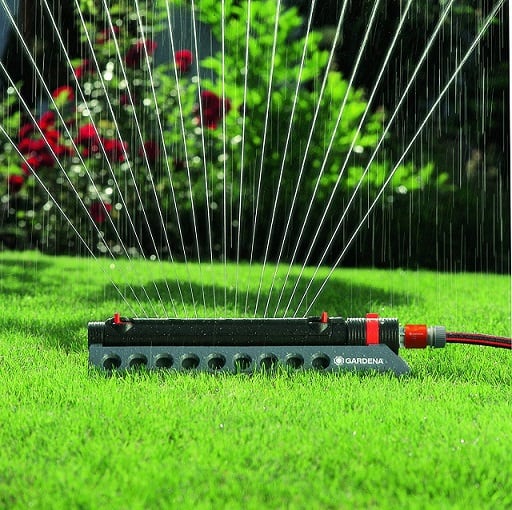
Leeks need a constant supply of moisture to grow well, at 1 inch (2.5 cm) a week minimum. Adding mulch can help maintain a consistent level of moisture throughout the season and will also suppress early spring weeds.
Mulching Leeks
If you transplanted seedlings into the garden, you can mulch them, immediately, by adding a 2 inch (5 cm) layer mulch to the whole planting bed. If you sow seed directly into the garden, then wait until the plants are at least 5 inches (12.5 cm) before you add any mulch.
If weeds do become a problem, the leeks will suffer when they have to compete with surrounding weeds for nutrients and water. Carefully pull any weeds by hand, without disturbing the leeks’ shallow root system.
Leek Care & Harvest
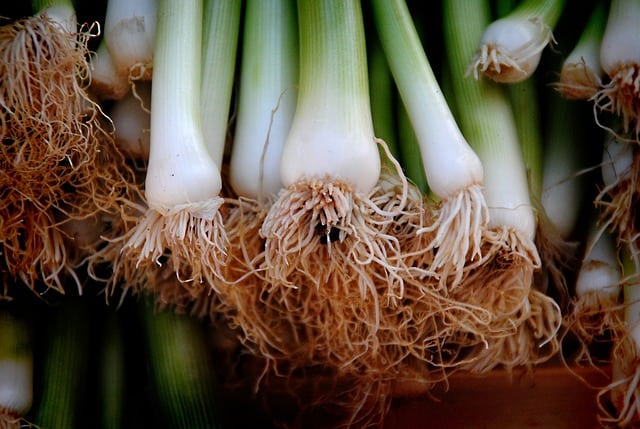
If you prefer your leeks to have a tender stem, you can start by shielding the stem from light early in their growth. Once the stem begins to elongate, you can either cover it with a toilet paper roll or hill soil around the stem. If you hill soil around the stem be careful not to introduce dirt into the leaves any dirt that gets into the stem will have to be cleaned out for later.
Leeks Pests and Diseases
Leeks can have some pest and disease problems. When leeks are young they are very susceptible to slug damage. If any sign of slug damage becomes apparent, then set out slug traps or use a pesticide.
Also, heavy rain in the early spring or late fall can cause leeks to suffer leaf rot. Rot is noticeable via the white spots on the leaves; and if any rot is spotted, immediately pull the plant from the garden.
When are Leeks in Season?
Leeks are ready for harvest at almost anytime. If you prefer to use leeks like scallions, then you can harvest them while they are still immature. Young leeks will have a very mild flavor; and you will not get much of a yield if they were planted with a wide spacing. For mature leeks, the best time to harvest them is when their stems are at least 1 inch (2.54 cm) in diameter.
Storing Leeks
Once the leeks are harvested, clean the dirt off of them, as this will help them store for a longer period. Leeks can be stored in the refrigerator for up to a week, although they are best served fresh. If you need to store them for a longer period, blanch the stems; and then place them in the freezer.


